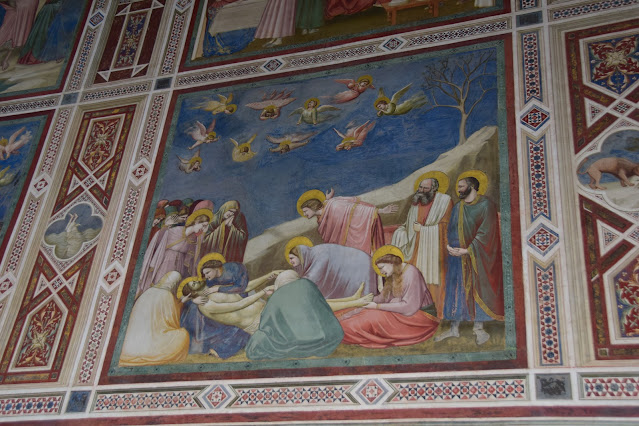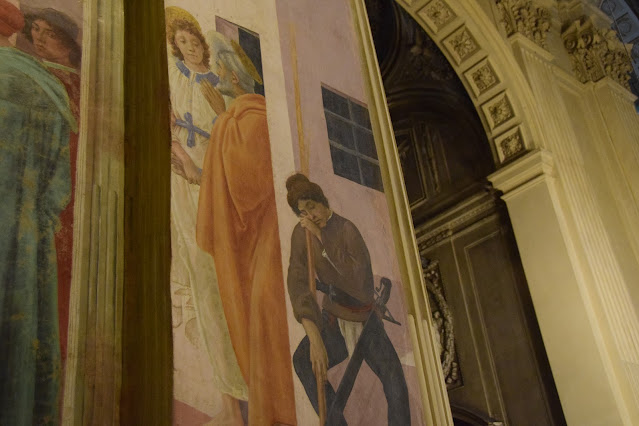In the order which I read them.
Snap. Belinda Bauer. Picked it because it was on the Man Booker Long List and one of the reviews said Bauer was heir to the great Ruth Rendell. Can't remember the details of the story, except that it's about a cold-case murder and a series of crimes that happen in the present. It's really good for people who like these sorts of things.
Snap. Belinda Bauer. Picked it because it was on the Man Booker Long List and one of the reviews said Bauer was heir to the great Ruth Rendell. Can't remember the details of the story, except that it's about a cold-case murder and a series of crimes that happen in the present. It's really good for people who like these sorts of things.
A Fifty Year Silence: Love, War, and a Ruined House in France. Miranda Richmond Mouillet.
Another reconstruction of a family history. In this case the search centers on a house in France which Mouillet's grandparents bought shortly after the end of World War II then left five years later, never (except for one brief encounter) speaking to each other again. The search for the story of her grandparents takes her not only to letters, archival material and secondary sources, but also the house itself. This, as some of you know, is one of my favorite genres.
The Vegetarian. Han Kang. A very quiet and enigmatic book about a woman's life in South Korea. A controlled and ordinary life is interrupted by violent nightmares involving blood and brutality, causing Yeong-hye to increasingly withdraw from the life she is expected to lead. This withdrawal is figured in the act of becoming a vegetarian and eventually becoming anorexic: a Bartleby-like act of passive denial. Mysterious and disturbing examination of the nature of submission and subversion.
When Breath Becomes Air. Paul Kalanithi. An astonishing memoir by a young neurosurgeon who is diagnosed with terminal lung cancer at the age of thirty-six. Kalanithi narrates his voyage from young medical student to a decade of training as a neurosurgeon to the unexpected reality of being a patient himself, facing death. It is a beautifully written book, and despite its grim story, a beautiful reflection on how to make meaning in a life.
Transcription. Kate Atkinson. This is the third in a set of novels which Atkinson wrote about World War II. Although the first two--Life After Life and A God in Ruins--contain a common set of characters who are not a part of the third, Transcription, I still think they go together. Partly because they are all about World War II in England, and partly because each one plays its own intricate narrative trick. Transcription seems to be a more conventional narrative, until you get to the end and realize you have to read it all over again to figure it out.
Moby Dick. Herman Melville. This was Tony's and my book of the summer. One in a list of books we read long ago as students and are now trying to read them not as sites of scholarship but as novels. I had actually read Melville "to death," I feared, as I spent one year of my Ph.D. preparing to take an exam in Herman Melville and read Moby Dick about 4 times in that year. Returning after about 70 years, I found the book both familiar and unexpected. There were parts and passages deeply engraved in my memory and others that gave me a thrilling sense of the new. The Ahab passages are those that stuck most closely to me: his dramatic soliloquies and actions. But I newly appreciated all the "whale stuff," this time. I realized that the power of Ahab's moments were more dramatically realized because they came in the midst of so much more. If the book were only the parts I most remembered, I don't think I would have remembered them so powerfully. (If that makes any sense.)
A Tree Grows in Brooklyn. Betty Smith. Read in the wonderful Copper Harbor MI book club "Simple Pleasures," run by Lloyd Wescoat who owns the wonderful little bookstore Grandpa's Barn. The group read the book because a travelling exhibition of the works of Jacob Riis, particularly his photographs of poverty in New York, was opening at the Keweenaw National Park building in Calumet MI. Although Smith's book is set later than Riis's pictures, it had a strong connection. This was a book I read countless times as a child, and it was a great treat to return to it.
Trieste and the Meaning of Nowhere. Jan Morris. I read this because we were visiting Trieste for the second time. The first time I went I had no idea of what it was or what it offered. I returned this year for a second visit because I realized Trieste was remarkable example of a polyglot, dialogic city whose identity was contested in rich and interesting ways. Morris's book helped make me understand that She is a tremendously gifted "travel writer."
Agent Running in the Field. John Le Carre. I keep thinking, well this is the last Le Carre (and I've read all the others), but he keeps surprising me. He is so prescient and presents the hazy conflicted morality of spies, even all the apparatus has pretty much disappeared.
PS Tomorrow we are off to Budapest for two months, so I hope my blog picks up as life there is more interesting than life here!








































